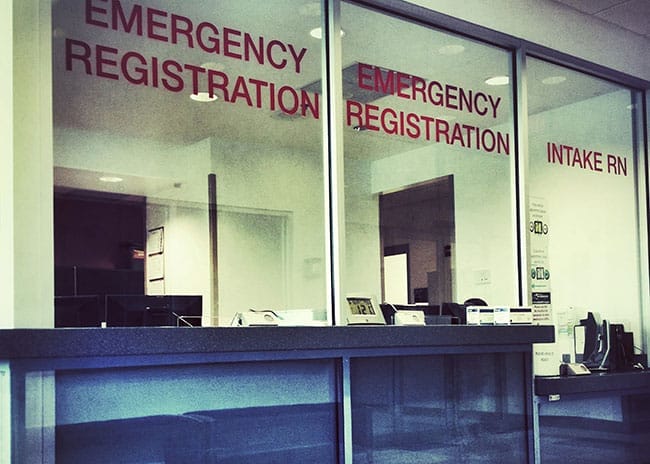One of the important initiatives of the Patient Protection and Affordable Care Act (ACA) was for Medicaid-eligible patients to gain greater access to primary care physicians. This was to be accomplished through higher Medicaid payment rates to primary care providers during 2013 and 2014.
Access to primary care is important for the following reasons:
- Health overall is better in areas where patients receive primary care from clinicians.
- A greater emphasis on primary care lowers the health care costs for care through improved access to more appropriate services.
A recent study appearing in the New England Journal of Medicine by researchers including Dan Polsky, executive director of the Leonard Davis Institute of Health Economics, a professor of Medicine in the Perelman School of Medicine and the Robert D. Eilers Professor of Health Care Management in the Wharton School, demonstrated that higher Medicaid reimbursement for primary care (at a rate similar to Medicare’s rate) was associated with improved access for Medicaid patients.
Good stuff right? We are headed in the right direction with better access and at lower costs, correct?
Despite these findings, there are a large number of states—24 in all by Kaiser’s estimation—that do not plan to continue with the primary care payment increase. Additionally, a recent report in The Wall Street Journal has shown that emergency room (ER) visits continue to climb with the ER being a primary site of service for those covered under Medicaid. The article states that Medicaid recipients are struggling to get appointments or finding physicians who will accept their coverage and end up in the ER as a result. ERs are not the best place to receive primary care, and based on the overhead associated with caring for patients, are a significantly more expensive care setting than a primary care physician office. Caring for Medicaid patients in the ER can create backlogs as well.
Reducing these payments just as the population being enrolled in Medicaid through the ACA is surging is problematic in itself. Because access to primary care is becoming more challenging, new enrollees with means to pay for care are seeking this care elsewhere—e.g. in the ER.
Why is this happening, and why aren’t states continuing with a program that increases access to primary care for Medicaid patients? The main reason is that a number of states reported they could not afford to extend the primary care rate increase past 2014 as the cost for this care is now transferred from the federal government to the states.
What potential solutions exist to solve this issue? Alternative care and delivery models are a good start. Providing primary care through cheaper alternatives such as nurse practitioners and physician’s assistants might help. The adage, “pay for value not volume,” and doing so through risk contracting, offers another possible solution. Having Medicaid patients pay a set fee over a period of time to a group practice may also help.
The problem thus becomes how fast can we do this? It will be interesting how this plays out. For now, however, the ER remains a go-to primary care setting for many Medicaid-eligible Americans.

























